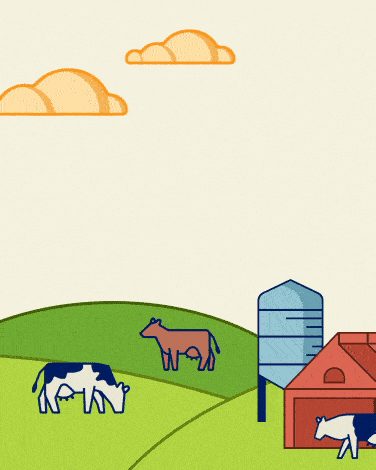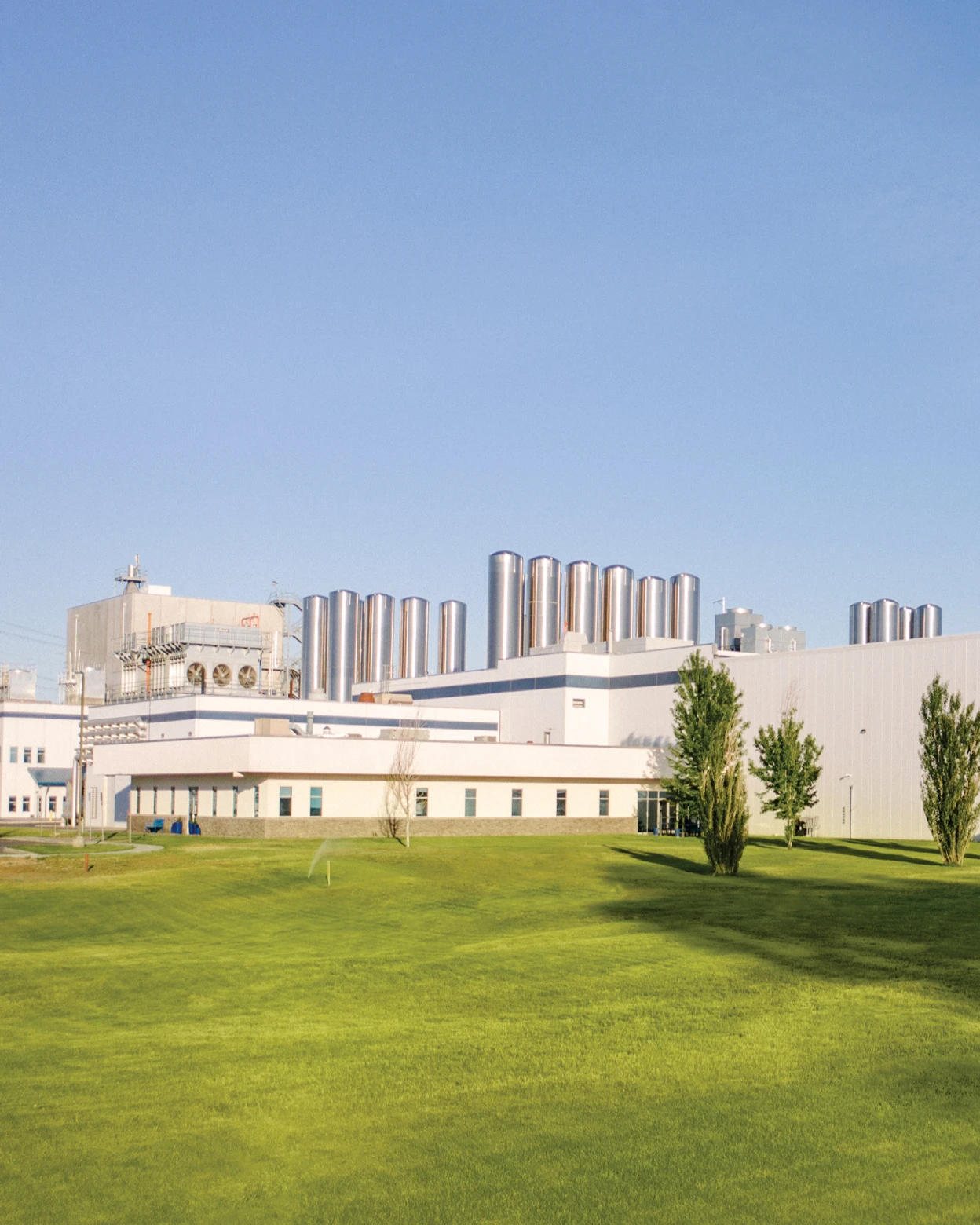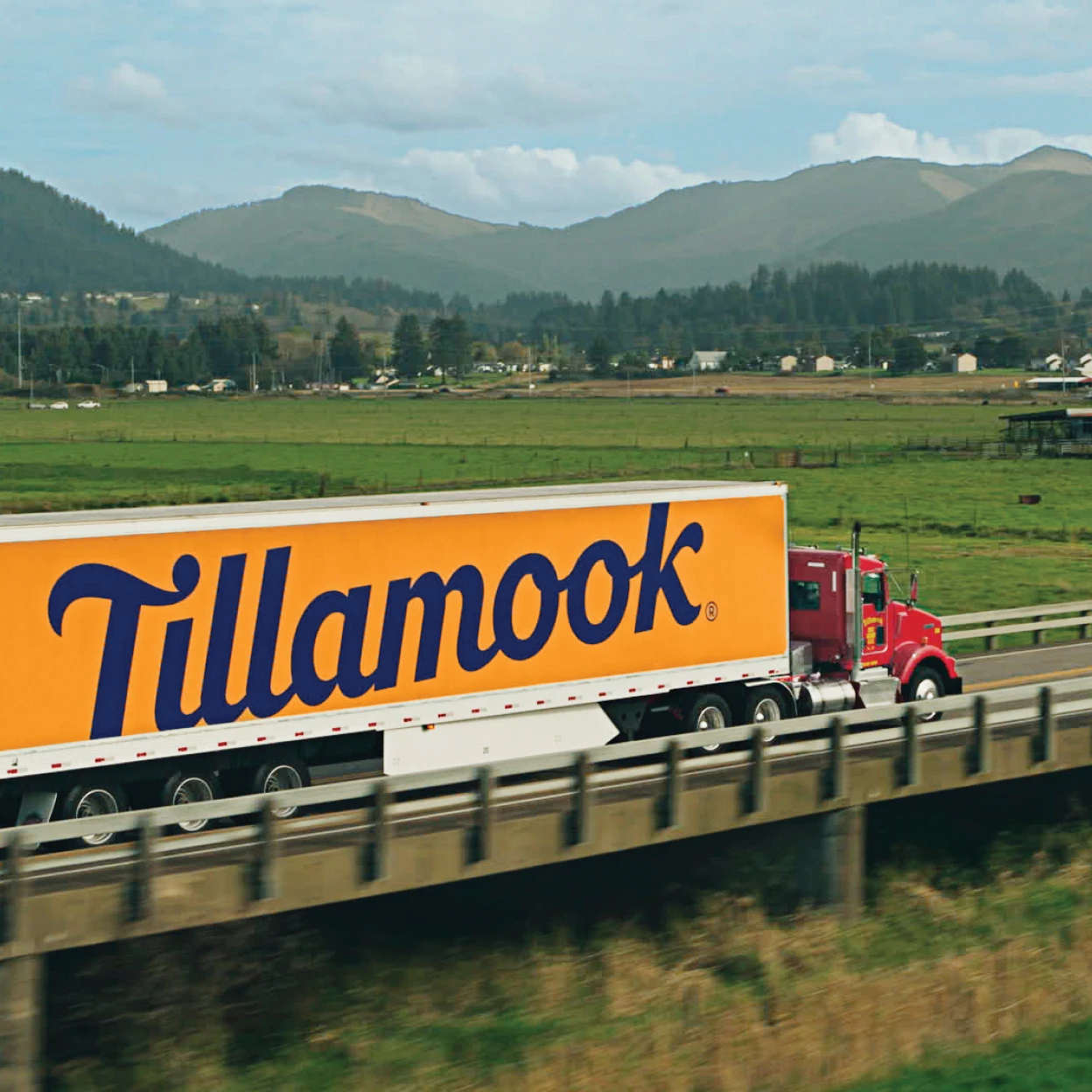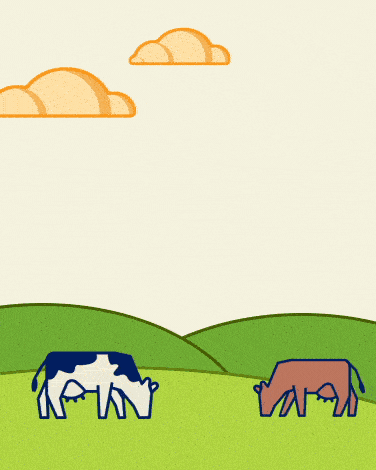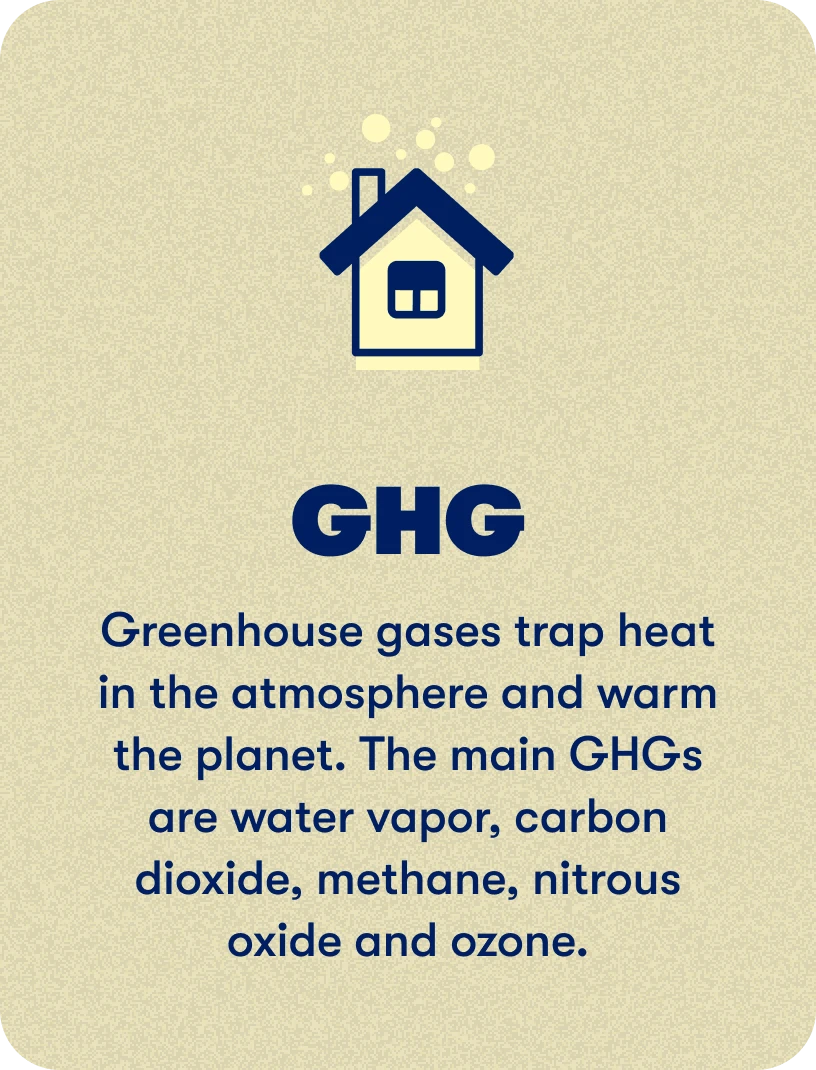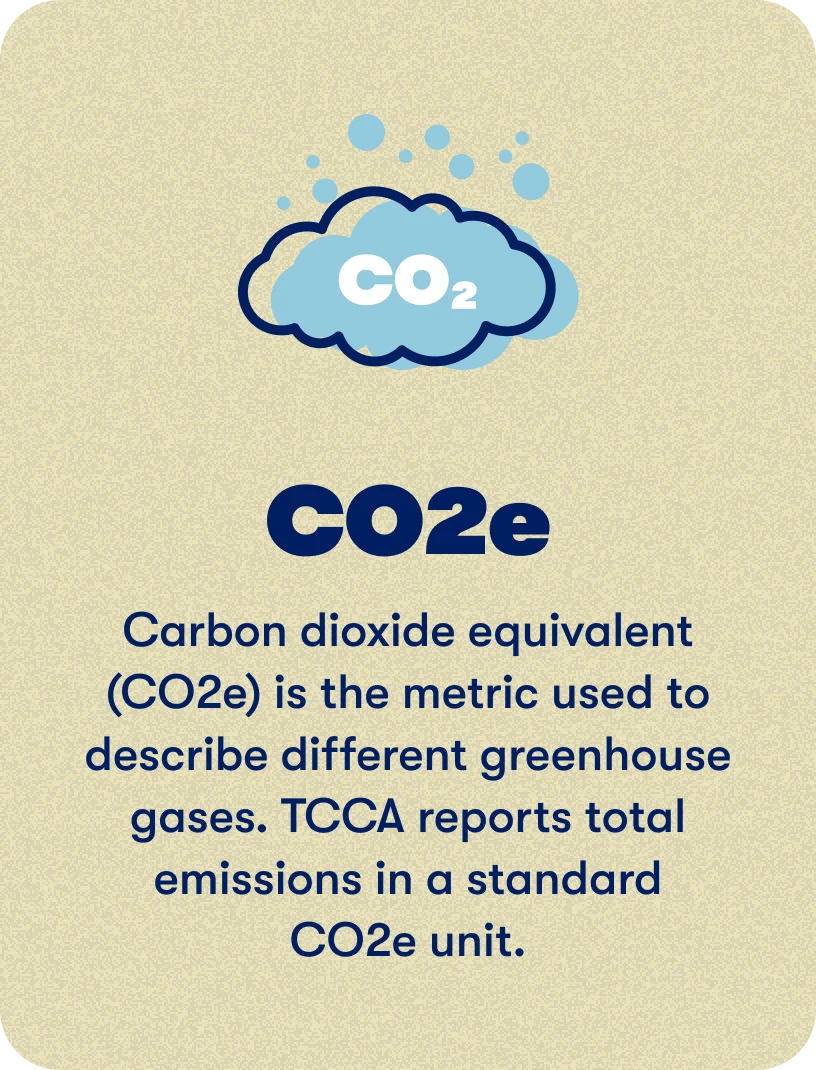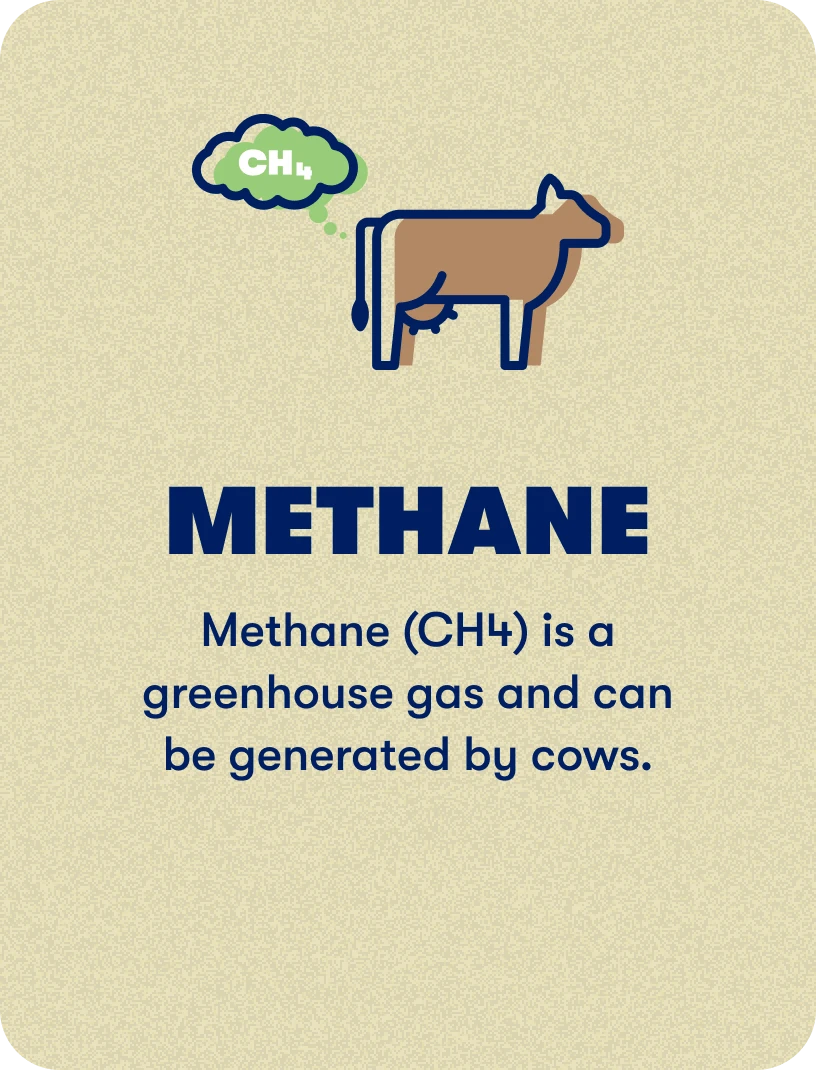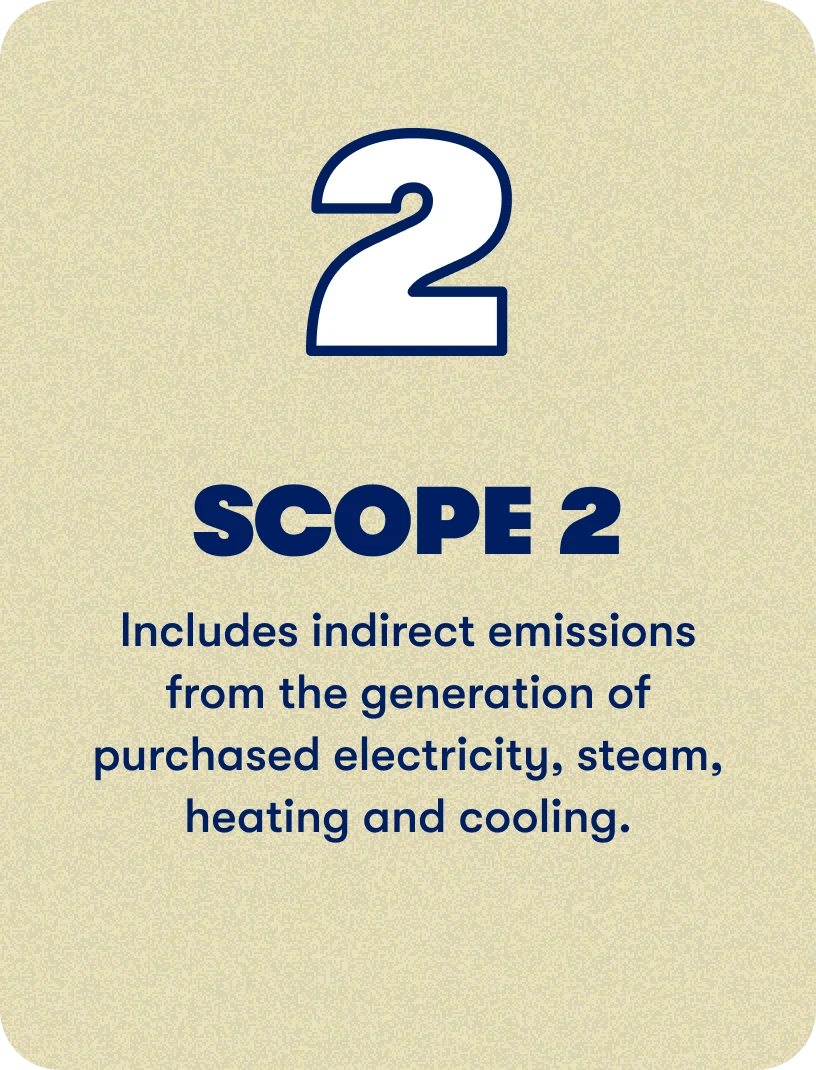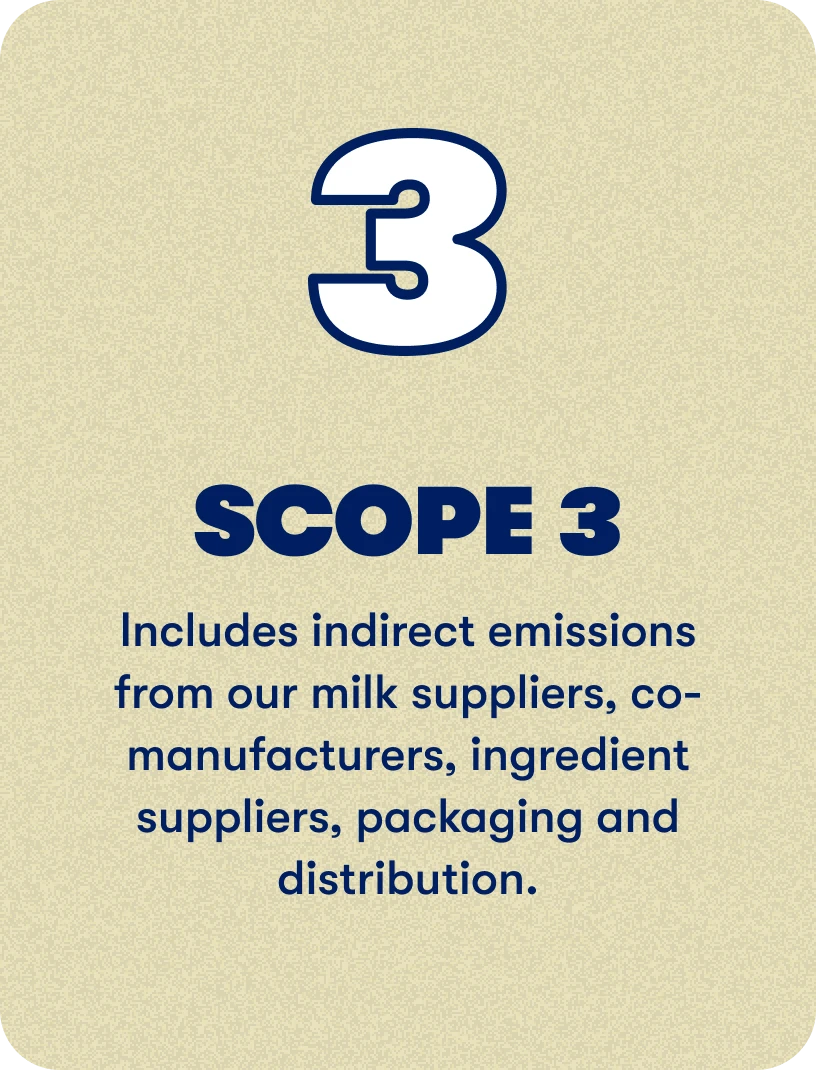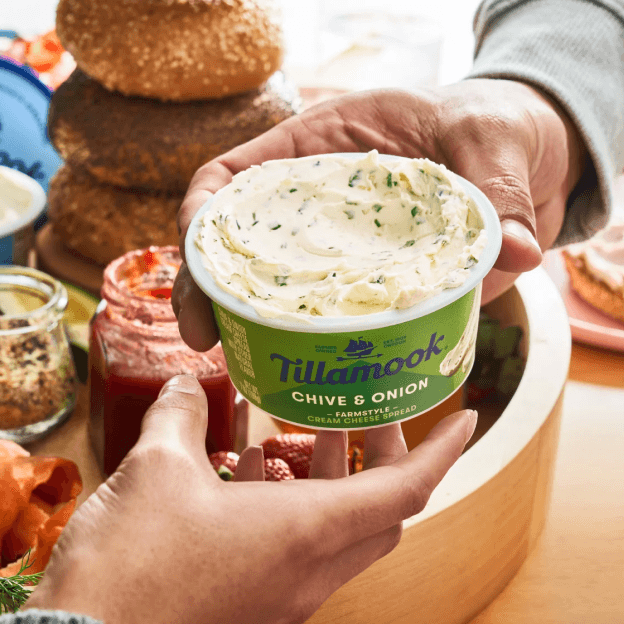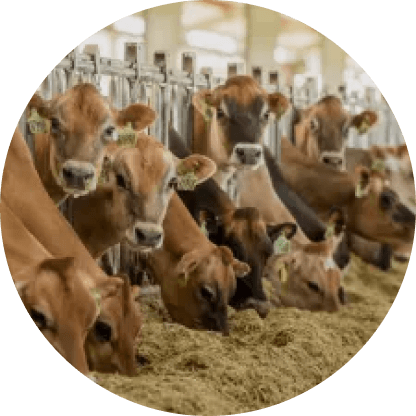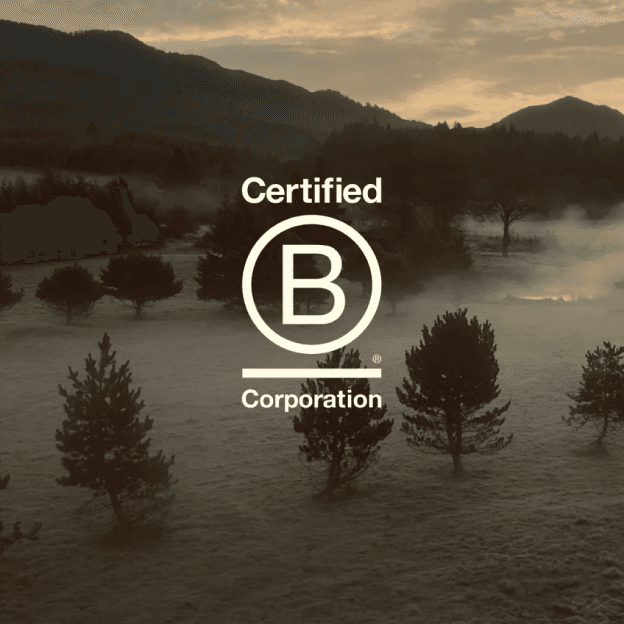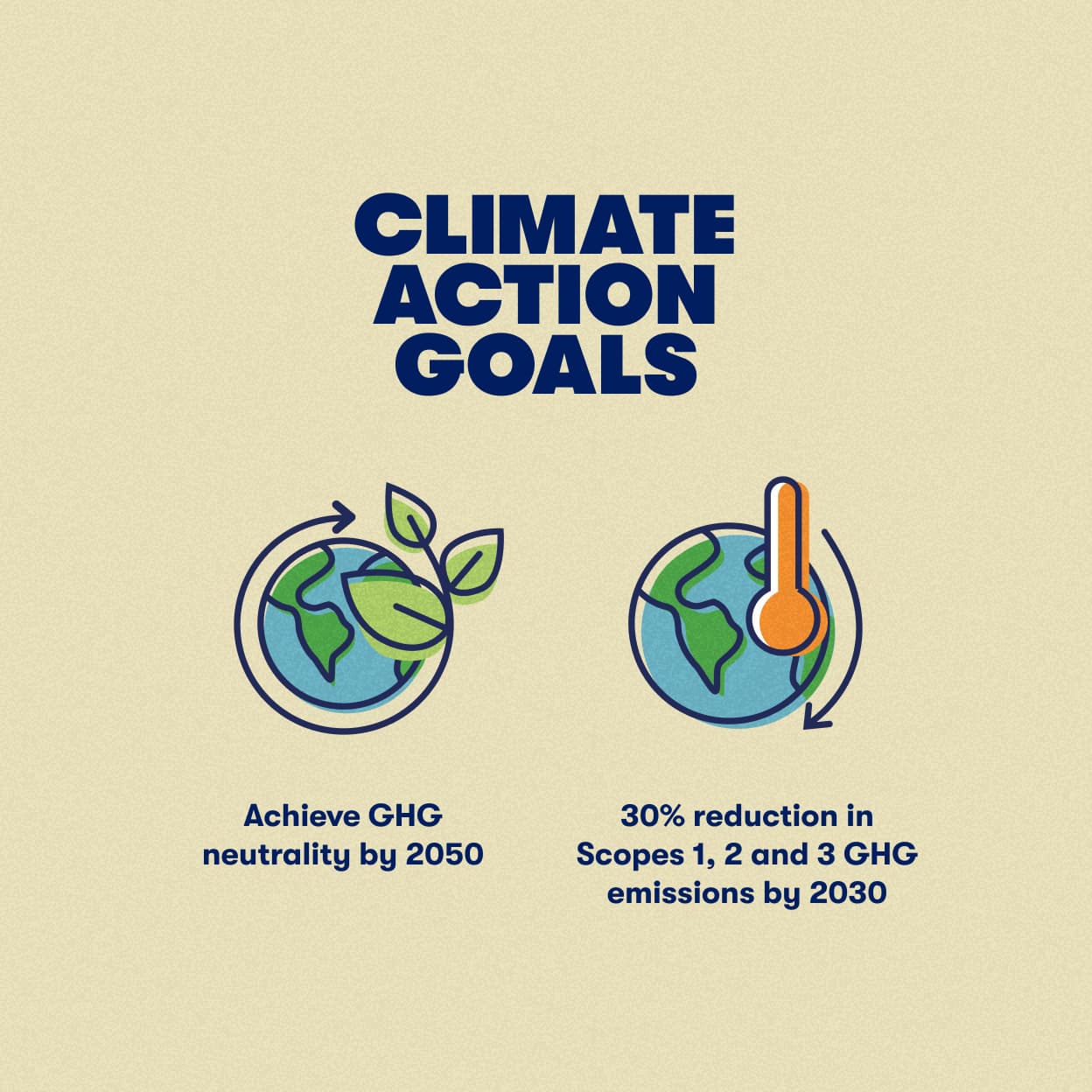
We’ve got work to do
The dairy industry has reduced emissions per gallon of milk by more than 60% since the 1940s, but we acknowledge there is more work to do. Dairy still contributes an estimated 2% of total greenhouse gas emissions in the U.S.
Scientists say we must limit warming to 1.5 to 2 degrees Celsius to prevent irreparable damage to our planet and our communities. That’s why we have aligned with the Innovation for U.S. Dairy’s Stewardship Commitment to reach net zero emissions by 2050, and have set an interim goal of 30% reduction in absolute emissions by 2030, from a baseline year of 2020.
